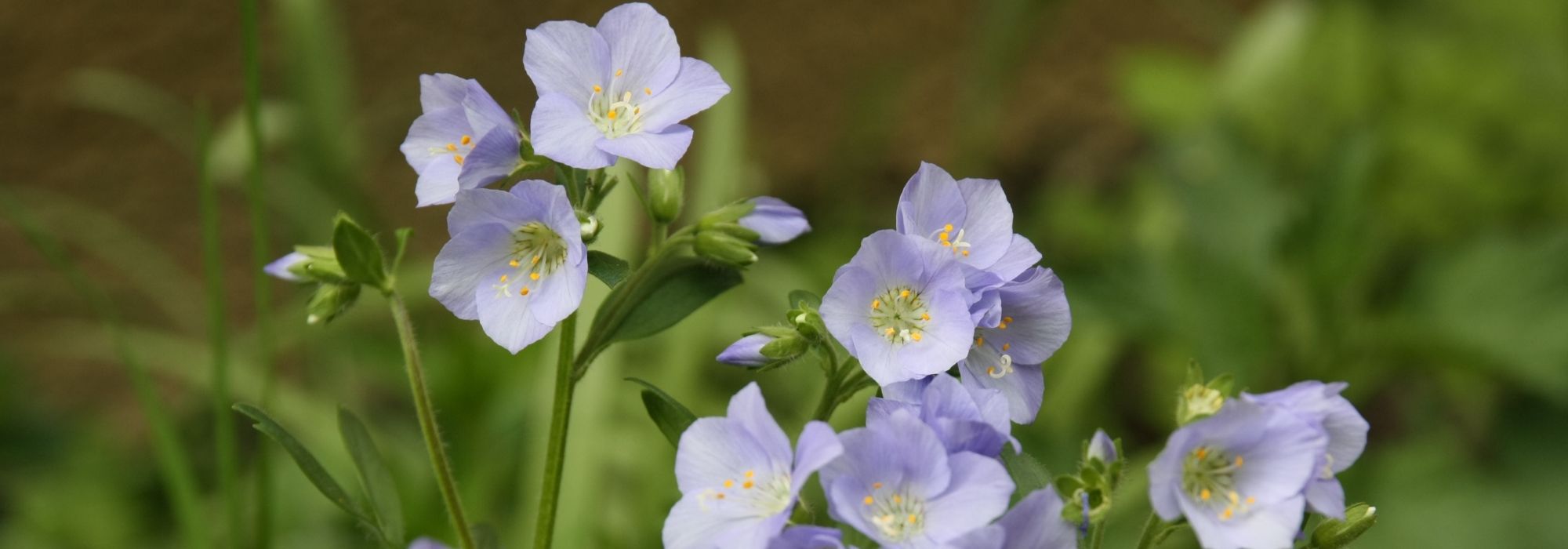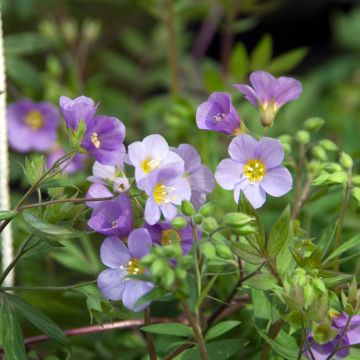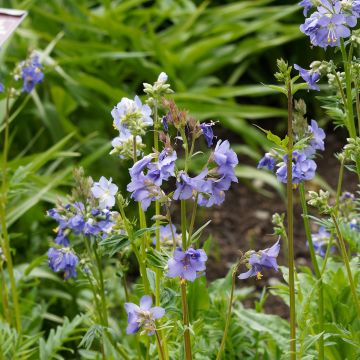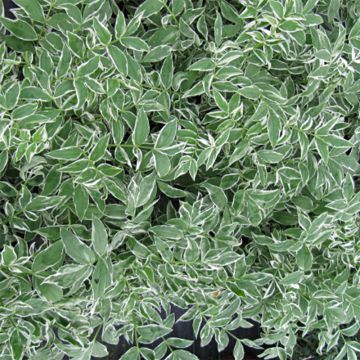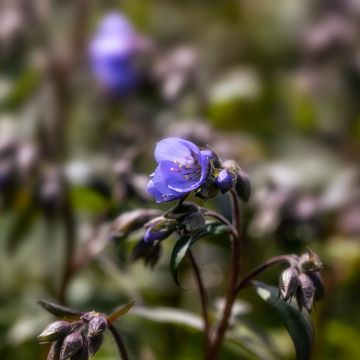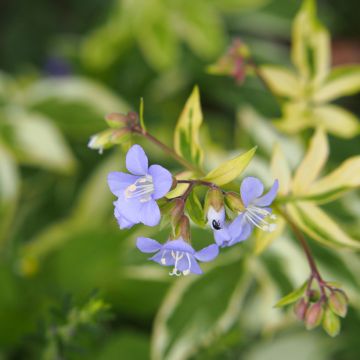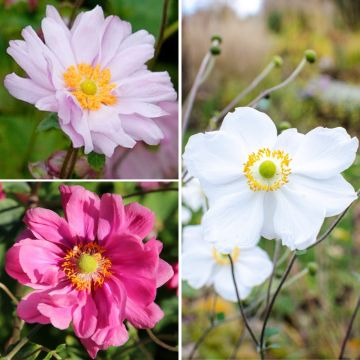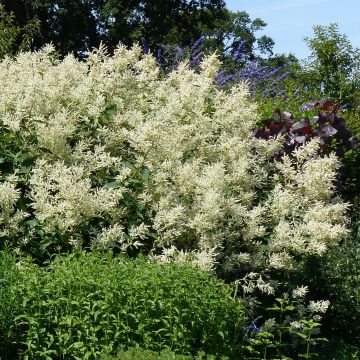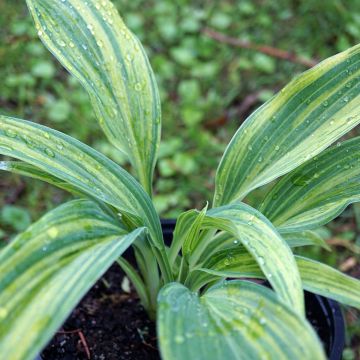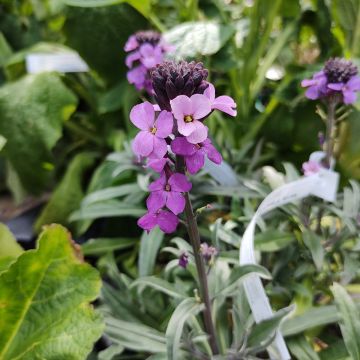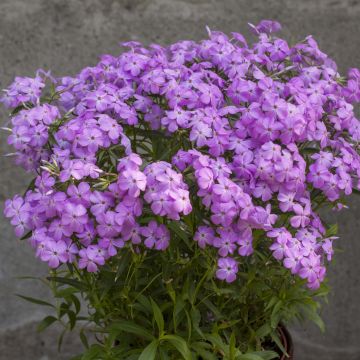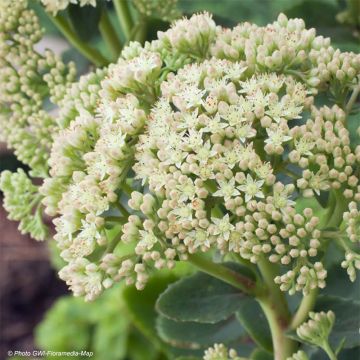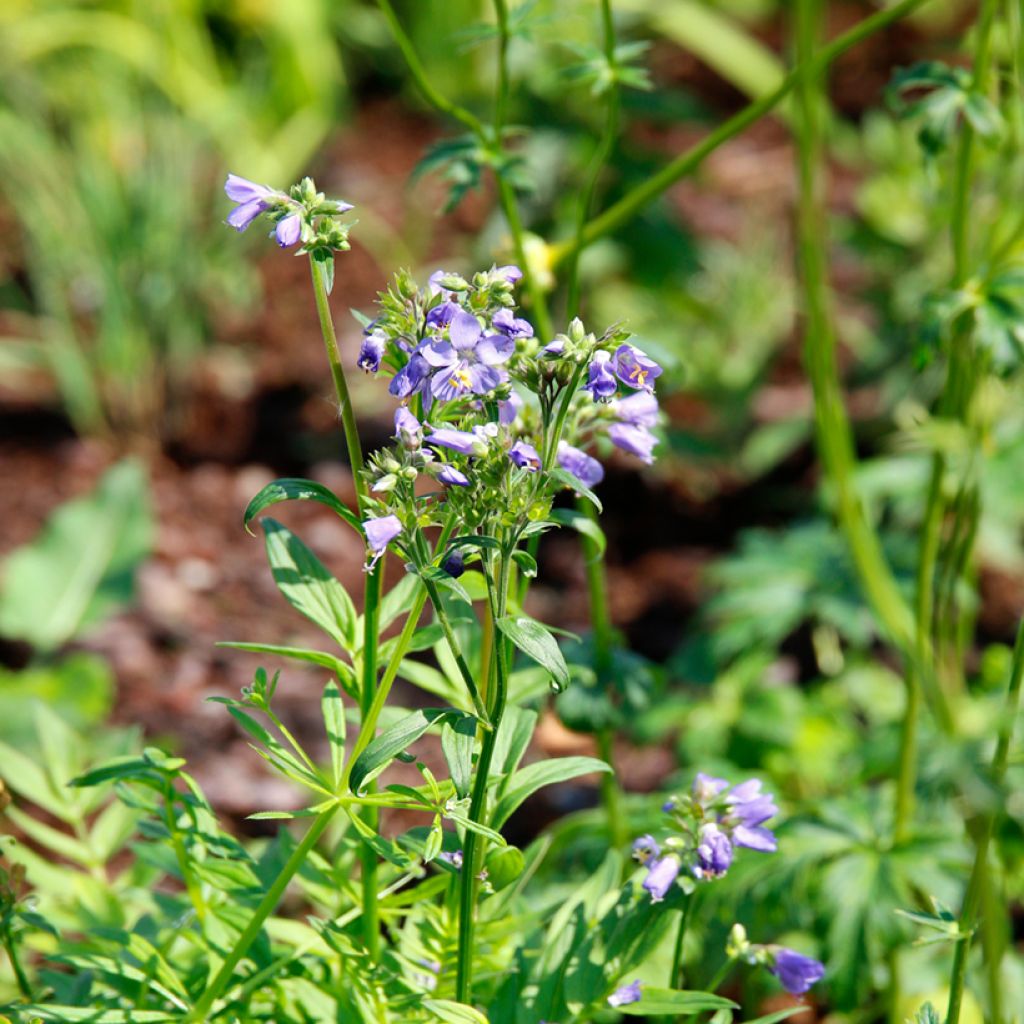

Polemonium yezoense Purple Rain
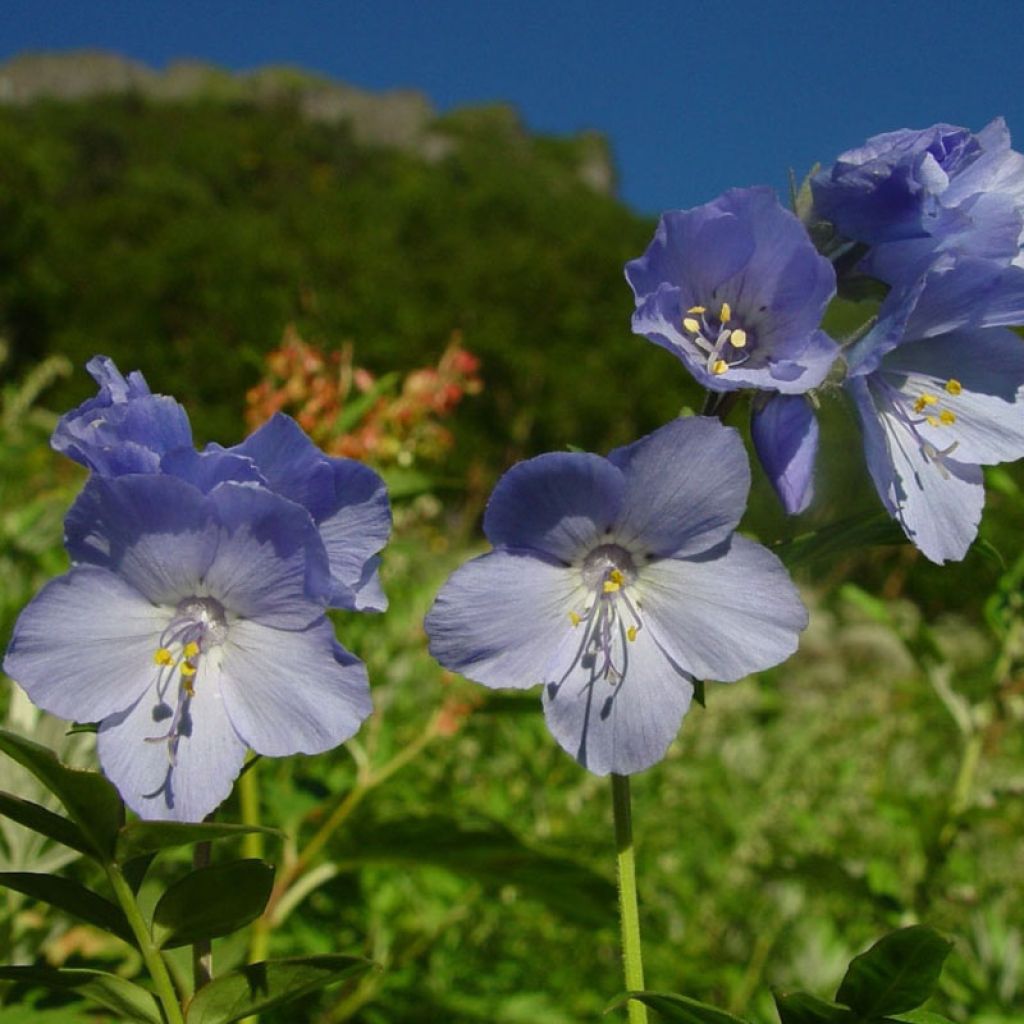

Polemonium yezoense Purple Rain
Polemonium yezoense Purple Rain
Polemonium yezoense Purple rain
Jacob's Ladder, Greek Valerian
next year? difficult to establish
Domiboop, 19/06/2025
Special offer!
Receive a €20 voucher for any order over €90 (excluding delivery costs, credit notes, and plastic-free options)!
1- Add your favorite plants to your cart.
2- Once you have reached €90, confirm your order (you can even choose the delivery date!).
3- As soon as your order is shipped, you will receive an email containing your voucher code, valid for 3 months (90 days).
Your voucher is unique and can only be used once, for any order with a minimum value of €20, excluding delivery costs.
Can be combined with other current offers, non-divisible and non-refundable.
Home or relay delivery (depending on size and destination)
Schedule delivery date,
and select date in basket
This plant carries a 12 months recovery warranty
More information
We guarantee the quality of our plants for a full growing cycle, and will replace at our expense any plant that fails to recover under normal climatic and planting conditions.
Would this plant suit my garden?
Set up your Plantfit profile →
Description
Polemonium yezoense 'Purple Rain', also known as Jacob's Ladder and Greek Valerian, is one of the best new introductions in recent years. With its lace-like purple to bronze foliage, dark stems, and blue-violet flowers, it is the darkest form of polemonium currently available. It is a perennial plant that forms an imposing clump of deeply cut foliage, which darkens to a deep, rich, dark purple in spring and autumn. Fabulous, hardy and vigorous, this plant will perform best in full sun or partial shade, in cool, moist, humus-rich soil.
Polemonium yezoense 'Purple Rain' belongs to the Polemoniaceae family. The original seeds of this Polemonium were collected at high altitudes in Japan, where the plant was already considered a jewel among flowering plants. One plant showed its purple rosette in spring, which quickly transformed into curly, dark foliage. This new colour, completely different from that of other polemoniums, constituted an extremely precious introduction, which has since been produced, multiplied, crossed, and even renamed all over the world.
Polemonium yezoense 'Purple Rain' is the original form. It is a herbaceous perennial plant that forms an imposing clump, reaching a height of 50 cm (20 in) and a spread of 40 cm (16 in). Its foliage is deeply cut, darkening to a deep, rich, dark purple in spring and autumn. The Polemonium genus is distinguished by its fern-like foliage, showing dozens of small leaflets inserted perpendicularly to the central vein, like the rungs of a ladder. In 'Purple Rain', in late spring or early summer, the burgundy stems shaded with black rise above the foliage, bearing clusters of bell-shaped, five-petalled flowers in a deep blue-violet colour. The centre of each flower is cream-coloured, revealing orange stamens when covered in pollen. It can re-bloom in early autumn if the faded flowers are regularly removed.
Very hardy (-30 °C (-22 °F)) and easy to grow, Polemonium yezoense 'Purple Rain' will be undemanding. It will thrive in any type of soil, from slightly alkaline to slightly acidic, provided it is fertile, humus-rich, cool, well-drained, and moist. Plant it in a mixed border or mass planting, along with anemones, pasqueflowers, or orange blooms like Potentilla fruticosa 'Hopleys Orange', with which it will form a delightful combination. This variety prefers sunny to partially shaded exposures. It pairs well with different foliage and flower colours, and adapts well to woodland gardens, rockeries, along pathways, or placed prominently as a specimen in a container, its flowering attracting attention above the colourful mass of its foliage.
Polemonium yezoense Purple Rain in pictures
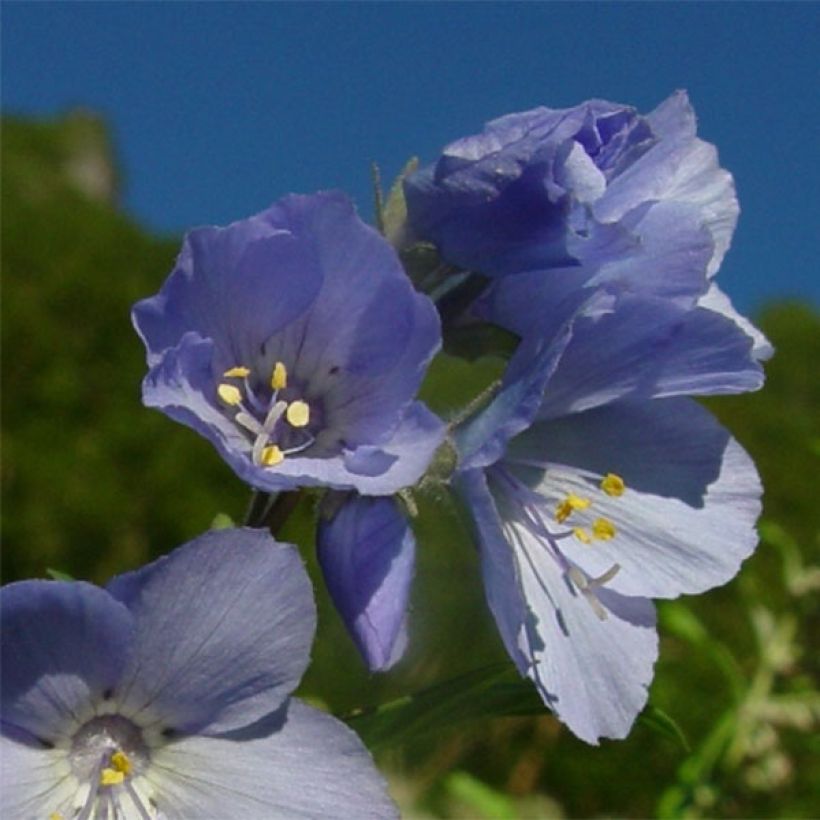

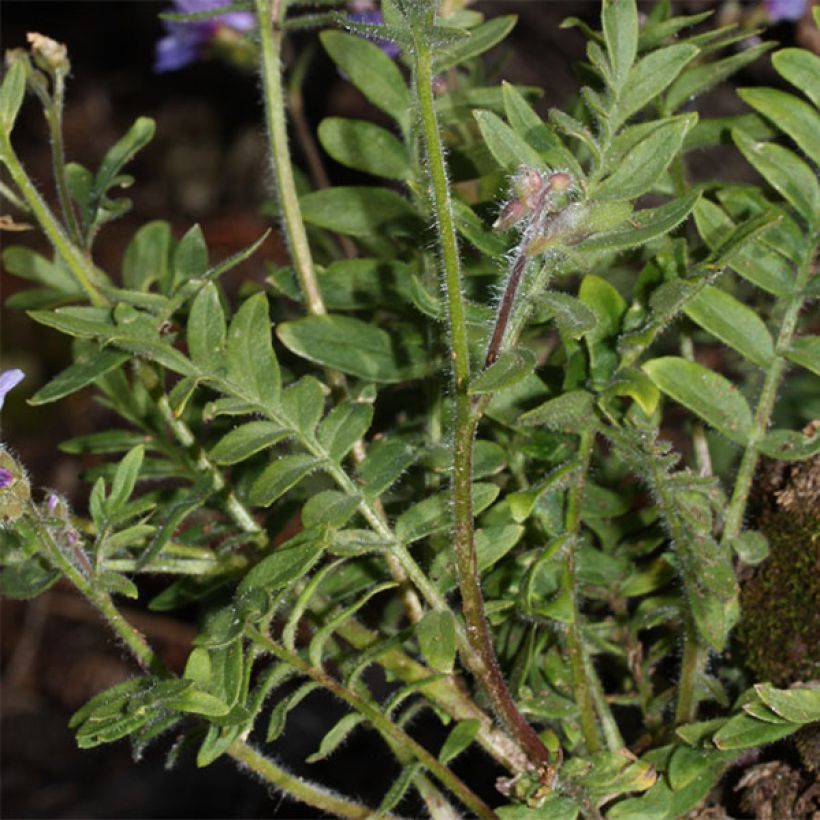

Flowering
Foliage
Plant habit
Botanical data
Polemonium
yezoense
Purple rain
Polemoniaceae
Jacob's Ladder, Greek Valerian
North America
Other Polemonium - Jacob's Ladder
View all →Planting and care
Polemonium yezoense Purple Rain is easy to grow. It should be planted in a soil that remains moist but well-drained, in full sun or partial shade. Polemoniums do not tolerate the combination of high heat and humidity in regions with hot summers. The foliage can burn under intense sunlight. The best results are obtained in regions with cool summers. To prevent excessive spreading of the plant, make sure to remove faded flowers to avoid spontaneous sowing, in order to obtain a second flowering and better foliage retention. Cut back the plant in autumn. Polemoniums generally do not need to be divided, as they do not like transplanting.
Planting period
Intended location
Care
Planting & care advice
-
, onOrder confirmed
Reply from on Promesse de fleurs
Similar products
Haven't found what you were looking for?
Hardiness is the lowest winter temperature a plant can endure without suffering serious damage or even dying. However, hardiness is affected by location (a sheltered area, such as a patio), protection (winter cover) and soil type (hardiness is improved by well-drained soil).

Photo Sharing Terms & Conditions
In order to encourage gardeners to interact and share their experiences, Promesse de fleurs offers various media enabling content to be uploaded onto its Site - in particular via the ‘Photo sharing’ module.
The User agrees to refrain from:
- Posting any content that is illegal, prejudicial, insulting, racist, inciteful to hatred, revisionist, contrary to public decency, that infringes on privacy or on the privacy rights of third parties, in particular the publicity rights of persons and goods, intellectual property rights, or the right to privacy.
- Submitting content on behalf of a third party;
- Impersonate the identity of a third party and/or publish any personal information about a third party;
In general, the User undertakes to refrain from any unethical behaviour.
All Content (in particular text, comments, files, images, photos, videos, creative works, etc.), which may be subject to property or intellectual property rights, image or other private rights, shall remain the property of the User, subject to the limited rights granted by the terms of the licence granted by Promesse de fleurs as stated below. Users are at liberty to publish or not to publish such Content on the Site, notably via the ‘Photo Sharing’ facility, and accept that this Content shall be made public and freely accessible, notably on the Internet.
Users further acknowledge, undertake to have ,and guarantee that they hold all necessary rights and permissions to publish such material on the Site, in particular with regard to the legislation in force pertaining to any privacy, property, intellectual property, image, or contractual rights, or rights of any other nature. By publishing such Content on the Site, Users acknowledge accepting full liability as publishers of the Content within the meaning of the law, and grant Promesse de fleurs, free of charge, an inclusive, worldwide licence for the said Content for the entire duration of its publication, including all reproduction, representation, up/downloading, displaying, performing, transmission, and storage rights.
Users also grant permission for their name to be linked to the Content and accept that this link may not always be made available.
By engaging in posting material, Users consent to their Content becoming automatically accessible on the Internet, in particular on other sites and/or blogs and/or web pages of the Promesse de fleurs site, including in particular social pages and the Promesse de fleurs catalogue.
Users may secure the removal of entrusted content free of charge by issuing a simple request via our contact form.
The flowering period indicated on our website applies to countries and regions located in USDA zone 8 (France, the United Kingdom, Ireland, the Netherlands, etc.)
It will vary according to where you live:
- In zones 9 to 10 (Italy, Spain, Greece, etc.), flowering will occur about 2 to 4 weeks earlier.
- In zones 6 to 7 (Germany, Poland, Slovenia, and lower mountainous regions), flowering will be delayed by 2 to 3 weeks.
- In zone 5 (Central Europe, Scandinavia), blooming will be delayed by 3 to 5 weeks.
In temperate climates, pruning of spring-flowering shrubs (forsythia, spireas, etc.) should be done just after flowering.
Pruning of summer-flowering shrubs (Indian Lilac, Perovskia, etc.) can be done in winter or spring.
In cold regions as well as with frost-sensitive plants, avoid pruning too early when severe frosts may still occur.
The planting period indicated on our website applies to countries and regions located in USDA zone 8 (France, United Kingdom, Ireland, Netherlands).
It will vary according to where you live:
- In Mediterranean zones (Marseille, Madrid, Milan, etc.), autumn and winter are the best planting periods.
- In continental zones (Strasbourg, Munich, Vienna, etc.), delay planting by 2 to 3 weeks in spring and bring it forward by 2 to 4 weeks in autumn.
- In mountainous regions (the Alps, Pyrenees, Carpathians, etc.), it is best to plant in late spring (May-June) or late summer (August-September).
The harvesting period indicated on our website applies to countries and regions in USDA zone 8 (France, England, Ireland, the Netherlands).
In colder areas (Scandinavia, Poland, Austria...) fruit and vegetable harvests are likely to be delayed by 3-4 weeks.
In warmer areas (Italy, Spain, Greece, etc.), harvesting will probably take place earlier, depending on weather conditions.
The sowing periods indicated on our website apply to countries and regions within USDA Zone 8 (France, UK, Ireland, Netherlands).
In colder areas (Scandinavia, Poland, Austria...), delay any outdoor sowing by 3-4 weeks, or sow under glass.
In warmer climes (Italy, Spain, Greece, etc.), bring outdoor sowing forward by a few weeks.






























